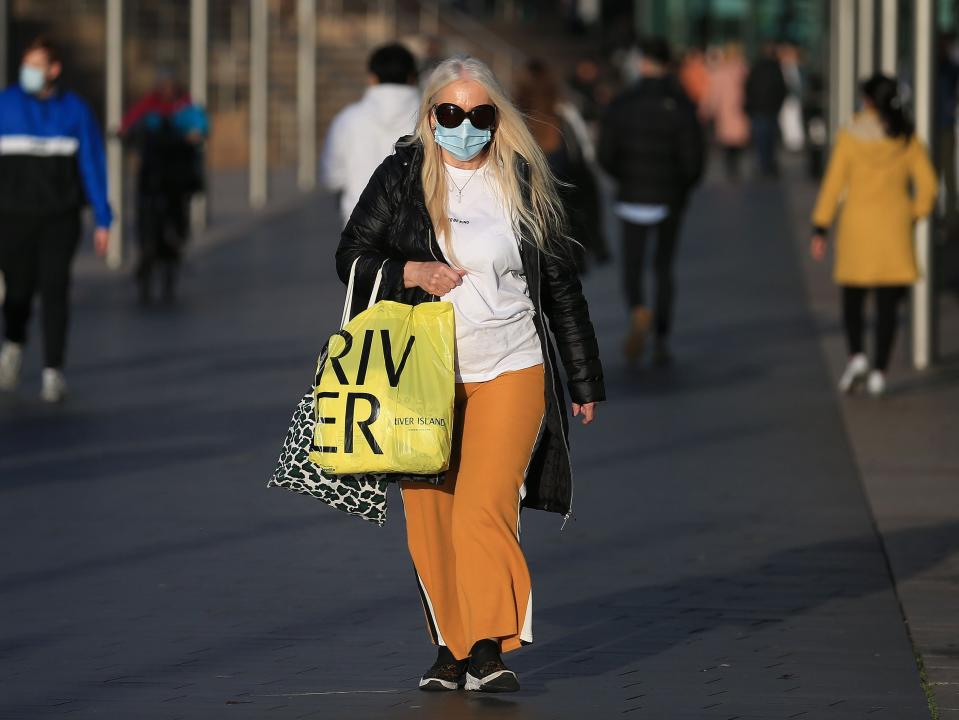Tier 3 Lockdown rules: What restrictions are there in ‘very high’ alert areas?

On Monday 12 October, Boris Johnson outlined the new three-tier system for England that categorises different parts of the country, and assigns respective sets of rules, according to risk amid the coronavirus pandemic.
The new restrictions, which came into effect on Wednesday 14 October, saw different areas placed in the first, second or third tier, meaning that they were placed under “medium”, “high” or “very high” alert respectively.
Despite only being in place 24 hours, some locations have already had their tier upgraded; from midnight on Friday, London will move into tier 2, having previously been in tier 1.
Regions placed in the first tier have to follow the restrictions already established nationwide, including a 10pm curfew on hospitality venues and a six-person rule when socialising with people outside of your household.
Tier 2 means people must follow all the same rules as tier 1, as well as a ban on mixing indoors with different households or support bubbles. People are also advised to travel as little as possible.
So what are the rules for people living in regions placed in the highest tier? Here’s everything you need to know.
What does it mean if an area is placed in tier 3?
If a region has been placed in tier 3, or under “very high” alert, this means that it is an area “where transmission rates are causing the greatest concern”, the government states.
“This includes incidence and test positivity, including amongst older and more at-risk age groups, as well as the growth rate, hospital admissions and other factors,” the government’s website adds.
In areas placed under “very high” alert, the government will outline a “baseline of measures” for members of the public to follow, in addition to working with local authorities to decide what “additional measures” are required.
What restrictions are there in tier-3 areas?
While the 10pm curfew on hospitality venues applies to areas under “medium” and “high” alert, for regions under “very high” alert, pubs and bars must close their doors.
They can only continue business if they are able to operate as a restaurant, “which means serving substantial meals, like a main lunchtime or evening meal”, the government says.
Alcohol can only be offered to customers if it is served alongside a meal, and wedding receptions are prohibited.
When it comes to socialising, people in tier-3 areas are not allowed to mix with different households or support bubbles indoors or outdoors in a public space.
Members of the public are being advised by the government to refrain from travelling in or out of tier-3 areas to prevent further transmission of Covid-19.
However, exceptions can be made for those who need to travel for work, school, if they are a carer, to access youth service or “if they are in transit”, the government states.
The government advises that if a person is living in a tier-3 area, they should not stay overnight in another part of the UK, while anyone who does not live in a tier-3 area should not stay overnight in a region placed under “very high” alert.
Non-essential retail is allowed in all three tiers, while schools and universities are also remaining open.
Read more
London to go into 'high' tier of lockdown from midnight on Friday
What rules will be put in place in London as city moves into Tier 2?

